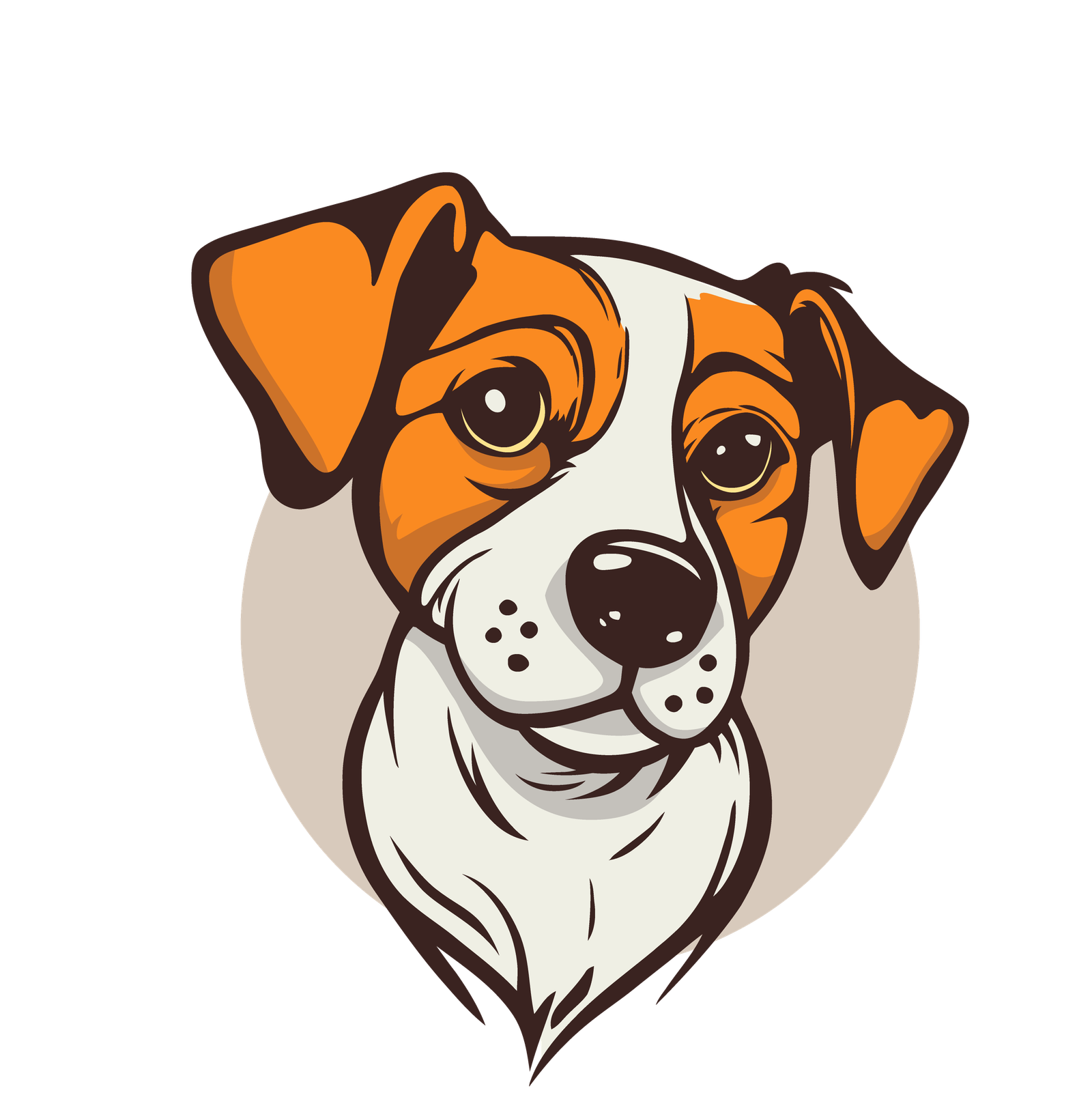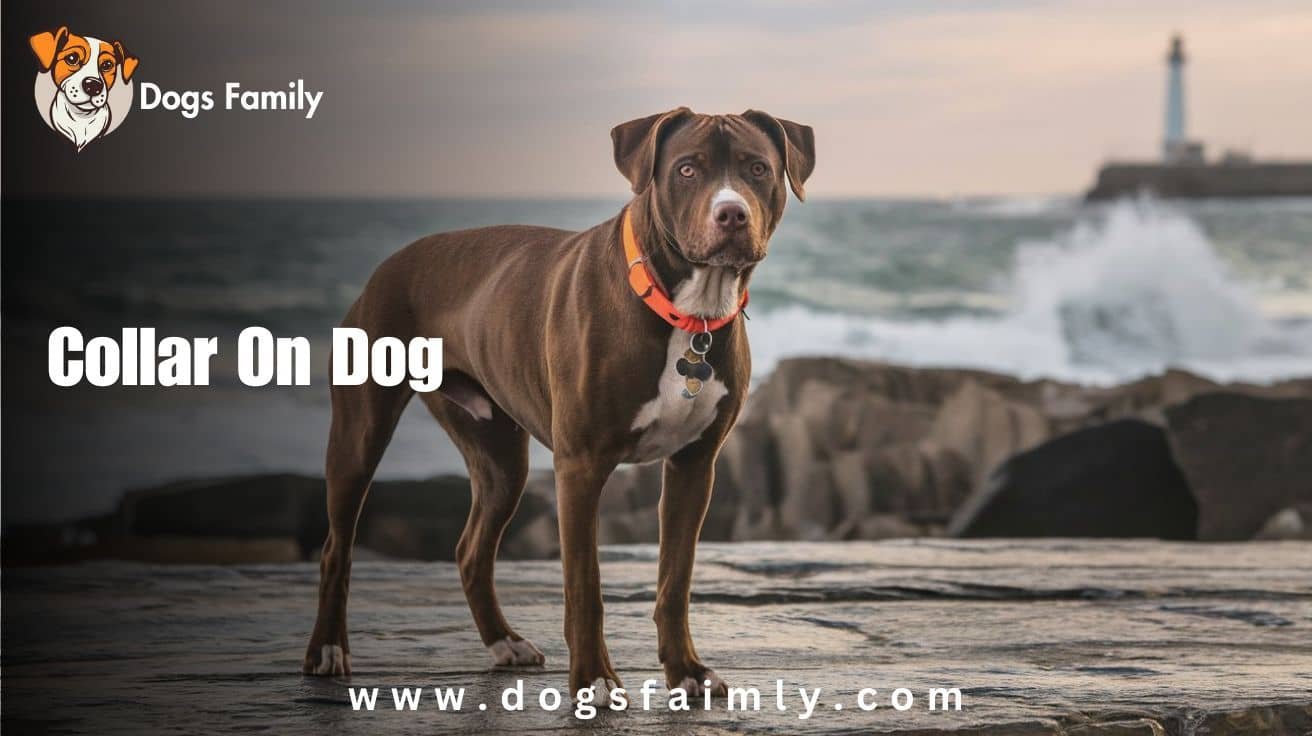Collar On Dog: Essential Guide for Pet Owners
When it comes to keeping your dog safe and stylish, one of the first accessories you should consider is a dog collar. Not only does a collar serve a functional purpose, but it also offers a way to express your dog’s personality. In this article, we’ll explore the various types of collars, their benefits, how to choose the right one for your furry friend, and tips for proper usage.
Understanding the Importance of Collar On Dog
A Collar On Dog is more than just a fashion statement; it’s a crucial tool for dog owners. Here are some key reasons why every dog should wear a collar:
- Identification: A collar provides a space for ID tags, which can be vital if your dog gets lost. Including your contact information on the tag ensures that anyone who finds your dog can easily return them home.
- Leash Attachment: Collars are designed to hold a leash, making it easier for you to control your dog during walks or when they are in public places.
- Training Aid: Some collars can help with training, assisting owners in teaching commands and managing behavior.
Anecdote: The Day Max Got Lost
I remember a time when my Golden Retriever, Max, got loose during a family picnic. In the chaos of setting up, he slipped out of the yard and wandered off. Thankfully, he was wearing his collar with an ID tag. A kind stranger found him and called the number on the tag, leading him back to us within an hour. That experience reinforced the importance of having a collar on my dog at all times.
Types of Collar on Dog
When selecting a collar for your dog, it’s essential to consider the different types available. Each type serves a specific purpose, and the right choice can enhance your dog’s safety and comfort.
1. Flat Collar
The most common type of collar, flat collars, is versatile and comes in various materials, colors, and designs. They usually have a buckle or snap closure and can hold ID tags. Flat collars are suitable for everyday use and should be adjustable to ensure a proper fit.
2. Martingale Collar
Also known as a limited-slip collar, the martingale collar is designed for dogs that may slip out of a standard collar. It tightens slightly when the dog pulls, providing better control without choking. This type is particularly useful for dogs with narrow heads, such as Greyhounds.
3. Harness
While not a collar in the traditional sense, a harness is an excellent alternative for some dogs. Harnesses distribute pressure across the dog’s body, making them ideal for dogs prone to pulling. They also offer better control, especially for small or excitable breeds.
4. Choke Chain and Prong Collar
These collars are more controversial and should only be used under the guidance of a professional trainer. They can be effective for training but can cause injury if misused. Always consult with a dog trainer before considering these options.
Choosing the Right Collar for Your Dog
Collar On Dog Selecting the right collar involves considering your dog’s size, breed, and specific needs. Here’s a step-by-step guide to help you make the best choice:
Step 1: Measure Your Dog’s Neck
To find the right size collar, measure your dog’s neck with a flexible measuring tape. Add about two inches to ensure a comfortable fit. Most collars have sizing charts, so refer to those when shopping.
Step 2: Consider the Material
Collars come in various materials, including nylon, leather, and cotton. Choose a durable and comfortable material that suits your dog’s lifestyle. For example, if your dog enjoys water activities, a waterproof collar might be a good choice.
Step 3: Check for Adjustability
An adjustable collar allows for growth and ensures a snug yet comfortable fit. It’s important that you can fit two fingers between the collar and your dog’s neck to avoid any discomfort.
Step 4: Look for Safety Features
Many modern collars come with safety features, such as breakaway clasps that release under pressure. This can prevent choking or injury if your dog gets caught on something.
Step 5: Don’t Forget the Style!
Finally, choose a collar that reflects your dog’s personality! With countless designs, colors, and patterns available, there’s a collar to suit every dog.
Tips for Proper Collar Usage
Once you’ve chosen the perfect collar, it’s essential to use it correctly to ensure your dog’s safety and comfort. Here are some helpful tips:
Regularly Check the Fit
As dogs grow or gain/lose weight, their collars may become too tight or loose. Regularly check the fit and adjust as necessary to ensure your dog is comfortable.
Keep It Clean
Collars can get dirty over time, especially if your dog enjoys outdoor adventures. Clean your dog’s collar regularly to prevent irritation and odor buildup.
Monitor for Wear and Tear
Inspect the collar for signs of wear and tear, such as fraying or broken buckles. Replace damaged collars immediately to avoid accidents.
Use the Collar for Positive Reinforcement
When training your dog, associate the collar with positive experiences. Reward them with treats and praise when they wear it, helping them to feel comfortable and secure.
Conclusion: Invest in a Quality Collar
A Collar On Dog is an essential accessory for any dog owner. It not only serves practical purposes but also contributes to the overall well-being and safety of your furry friend. By choosing the right collar and using it properly, you can enhance your dog’s quality of life and ensure a happy, healthy relationship.
Hyperlinks:
Dog Knot Explained: Essential Guide for Owners
The Ultimate Guide to Choosing the Perfect Dog Toothbrush
Why do dogs need a collar?
Dogs need a collar for several important reasons. First and foremost, collars provide a secure place to attach ID tags, which contain vital contact information in case the dog gets lost. Additionally, collars are essential for attaching a leash, allowing owners to control their dogs during walks and keep them safe in public spaces. Collars can also aid in training, helping to teach commands and manage behavior effectively. Moreover, they serve as a way to express the dog's personality through various styles and designs. Overall, a collar is a crucial accessory for any responsible dog owner.
Are collars safe for dogs?
Collars can be safe for dogs when used correctly. They provide essential functions, such as identification and leash attachment, which help keep dogs secure. However, it's important to choose the right type of collar and ensure it fits properly—two fingers should fit comfortably between the collar and the dog's neck. Additionally, avoid using collars with choke chains or prong collars unless under professional guidance. Regularly inspect the collar for wear and tear, and clean it to prevent irritation. By following these guidelines, collars can enhance your dog's safety and well-being.
Where should a collar sit on a dog?
A collar should sit comfortably around a dog’s neck, just below the jawline. It should be snug enough to prevent slipping over the dog's head, yet loose enough to fit two fingers comfortably between the collar and the neck. This placement ensures that the collar doesn't choke or irritate the dog while allowing for safe leash attachment and identification tags. It's essential to regularly check the collar's fit, especially for growing puppies or dogs that may gain or lose weight, to maintain comfort and prevent any potential injuries.
Should dog collars be left on all the time?
Leaving a dog collar on all the time can be convenient for identification and leash attachment. However, it’s important to consider safety and comfort. Collars can cause irritation, especially if they are too tight or if the dog is particularly active. Additionally, there’s a risk of getting caught on objects, which can lead to choking or injury. It's recommended to remove the collar during unsupervised playtime or while your dog is at home. Regularly check the fit and condition of the collar to ensure it remains safe and comfortable for your dog to wear.

